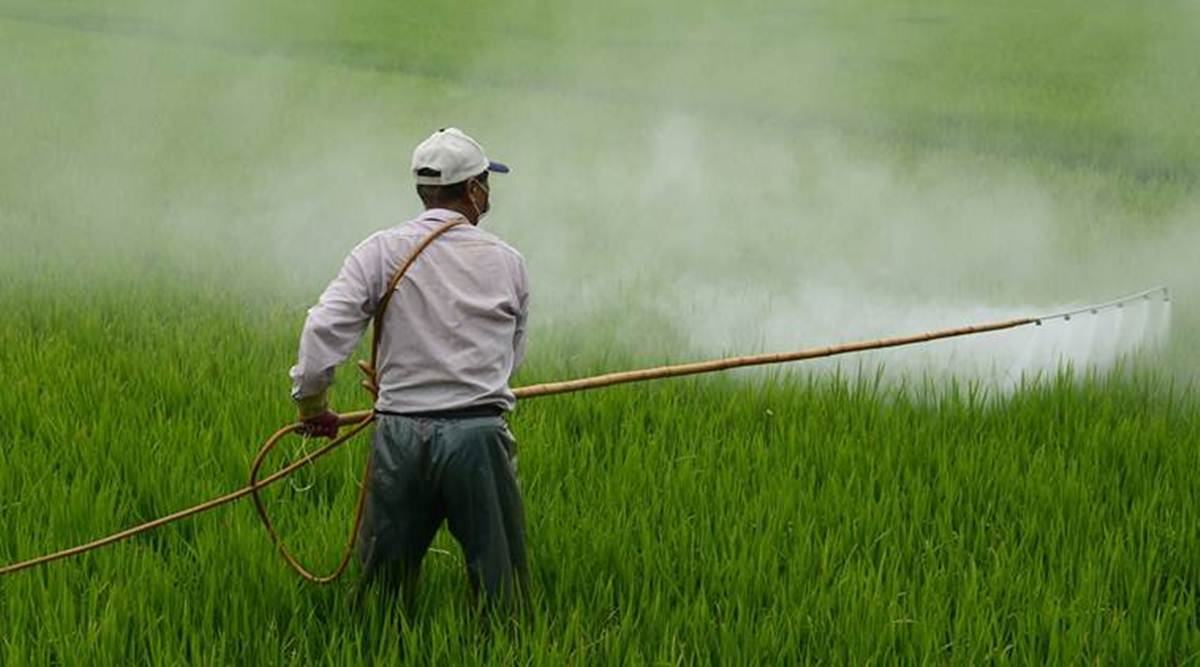 Given the subsidy provision of just Rs 71,309 crore, it would have meant a further increase in arrears to Rs 56,000-62,000 crore, to be carried forward to 2021-22. (Representational Image/File)
Given the subsidy provision of just Rs 71,309 crore, it would have meant a further increase in arrears to Rs 56,000-62,000 crore, to be carried forward to 2021-22. (Representational Image/File)THE FERTILISER industry has landed an unexpected pre-Diwali bonanza, with the Finance Minister Nirmala Sitharaman, on Thursday, announcing an additional Rs 65,000 crore subsidy, over and above the Rs 71,309 crore already provided in the Union Budget for 2020-21.
Fertiliser companies were owed around Rs 48,000 crore subsidy dues at the start of the current fiscal. The subsidy requirement for 2020-21 alone — based on the expected consumption of individual fertilisers, cost of imported urea and feedstock (natural gas), rupee-dollar exchange rate, etc — was pegged at Rs 80,000-85,000 crore. The two added up to Rs 1,28,000-1,33,000 crore.
Given the subsidy provision of just Rs 71,309 crore, it would have meant a further increase in arrears to Rs 56,000-62,000 crore, to be carried forward to 2021-22. “The Rs 65,000 crore extra allocation announced by the Finance Minister will wipe out all outstandings due to the industry. The additional expenditure will be approved as part of the supplementary demands for grants in the upcoming winter session of Parliament or when the revised estimates for this fiscal are placed along with the Budget for 2021-22,” a fertiliser department official told The Indian Express.
“We couldn’t have asked for more. This is like starting off with a clean slate,” said Satish Chander, director-general of the Fertiliser Association of India, an industry body.
It remains to be seen if this will also set the stage for reforms in the existing subsidy regime. The next Budget is due on February 1. While the Bihar polls are over, Assembly elections are also scheduled in West Bengal, Assam, Tamil Nadu and Kerala in May.
Currently, farmers buy fertilisers at MRPs (maximum retail prices) below what it costs to produce or import them. The difference is footed by the Centre as subsidy payable to the manufacturers/importers.
In urea, the MRP is fixed by the government at Rs 5,922.22 per tonne, while the subsidy is variable depending on the production and import cost. That, in turn, now ranges from an average of 17,000 to Rs 23,000 per tonne, respectively.
In other fertilisers, the subsidy is fixed, while the MRPs are decontrolled. The per-tonne subsidy, for instance, is a flat Rs 10,231 for di-ammonium phosphate (DAP), Rs 6,070 for muriate of potash (MOP) and Rs 8,380 for the popular ‘10:26:26’ complex fertiliser, whereas their corresponding MRPs (which vary from time to time and company to company) average Rs 24,000, Rs 17,500 and Rs 23,500, respectively.
The reform that the industry wants – which the government also would like to implement, subject to political feasibility — is to bring urea on par with other fertilisers. In other words, decontrol its MRP and pay a fixed per-tonne nutrient-based subsidy similar to that on DAP, MOP or ’10:26:26’.
That isn’t politically easy, though, given that urea accounted for 33.69 lakh tonnes (lt) of the country’s total retail fertiliser sales of 61.71 lt in 2019-20. Also, out of the budgeted Rs 71,309 crore fertiliser subsidy for 2020-21, Rs 47,805 crore was towards urea. The basic MRP of urea (excluding taxes and neem-coating cost) has been raised by hardly 11%, from Rs 4,830 to Rs 5,360 per tonne since April 2010. The same period, when other fertilisers were decontrolled, has seen the per-tonne MRP of DAP shoot up from Rs 9,350 to Rs 24,000 and from Rs 4,455 to 17,500 for MOP.
But this state of affairs may not be fiscally sustainable, especially with the commissioning of new public sector urea plants.